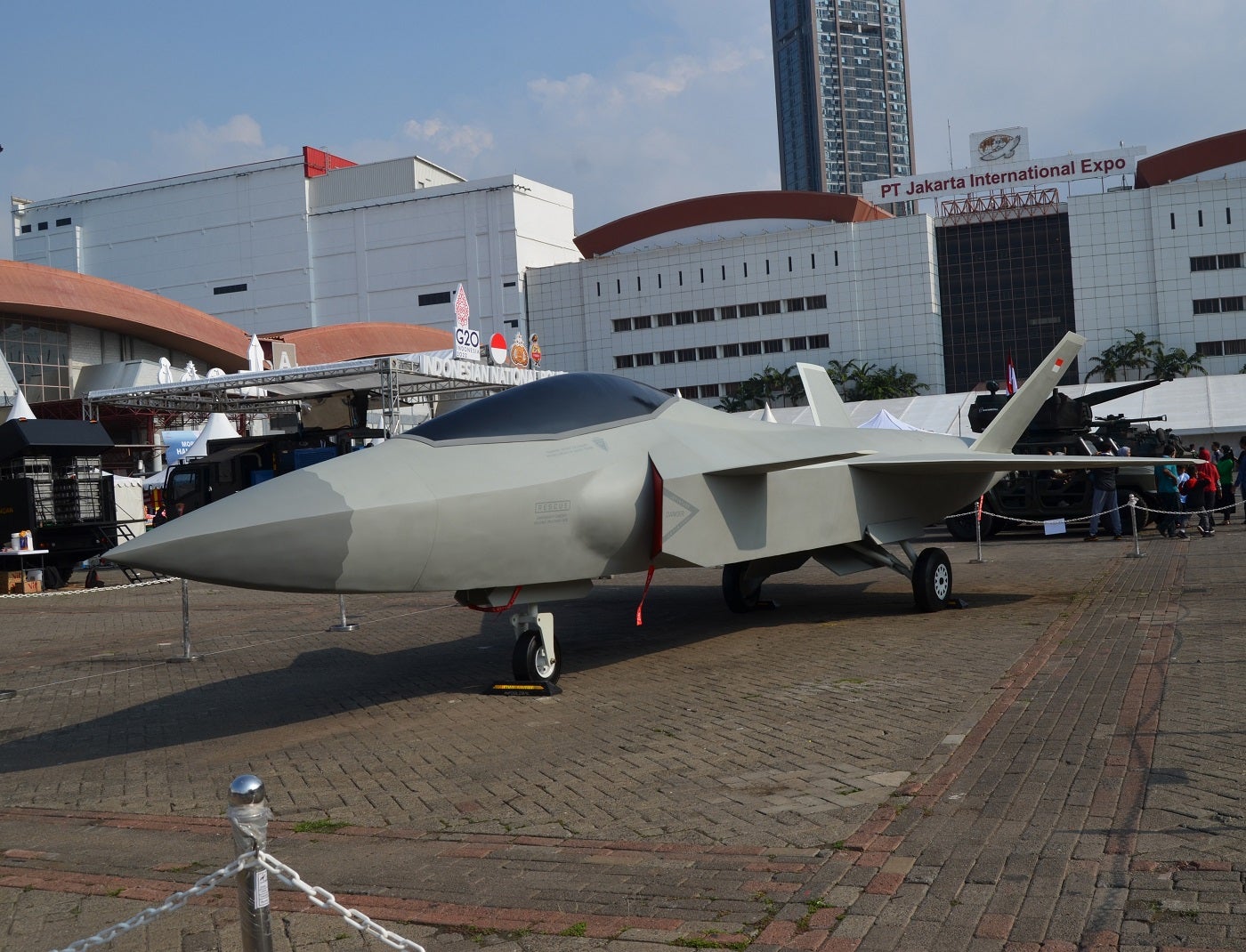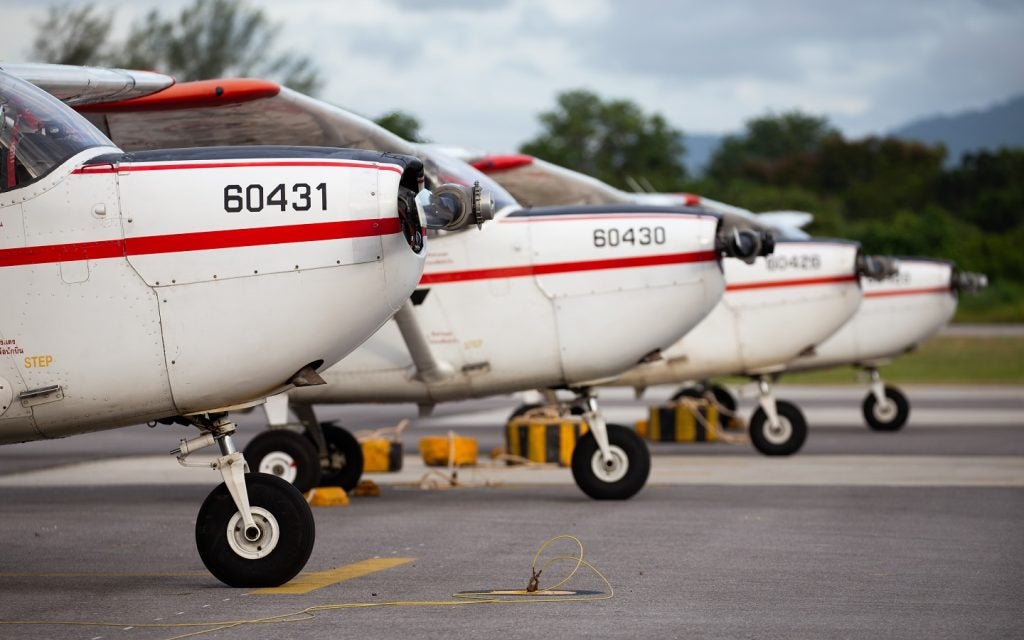
As emerging militaries like India, Turkey, and Indonesia focus on indigenisation, the global military fixed-wing aircraft market is projected to grow from $71.7bn in 2023 to $110.6bn by 2033, with combat aircraft leading the way, according to a report by GlobalData.
The global military fixed-wing aircraft market is set to witness significant growth over the next decade at a compound annual growth rate (CAGR) of approximately 4.3%.
This projection, highlighted in GlobalData’s latest report, ‘Global Military Fixed Wing Market 2023-2033,’ underscores the increasing importance of advanced aircraft capabilities in modern warfare.
Key players in this segment include Dassault Aviation, Hindustan Aeronautics Limited, Korea Aerospace Industries, Lockheed Martin, Northrop Grumman, and Turkish Aerospace Industries. These companies invest heavily in research and development programs to develop advanced fifth-generation combat aircraft.
How well do you really know your competitors?
Access the most comprehensive Company Profiles on the market, powered by GlobalData. Save hours of research. Gain competitive edge.

Thank you!
Your download email will arrive shortly
Not ready to buy yet? Download a free sample
We are confident about the unique quality of our Company Profiles. However, we want you to make the most beneficial decision for your business, so we offer a free sample that you can download by submitting the below form
By GlobalDataFight-generation, indigenisation, and geopolitical tensions
Udayini Aakunoor, Aerospace and Defence Analyst at GlobalData, comments: “The growth of the military fixed-wing aircraft market is driven by the increasing demand for military aircraft from countries, such as the US, China, India, and Japan, which are modernising their militaries and are looking to acquire new fixed-wing aircraft to replace the ageing aircraft fleet with advanced next-generation platforms featuring superior performance characteristics, avionics, and weapons.”
See Also:
Geopolitical tensions and conflicts worldwide have prompted nations to allocate larger budgets for next-generation aircraft procurement. Several countries have initiated co-operative military aircraft development and manufacturing programs to mitigate costs and leverage expertise.
For instance, Indonesia and South Korea are collaborating on the KF-21 Boramae project, while the UK, Japan, and Italy are jointly working on the Global Combat Air Programme (GCAP) to develop next-generation combat aircraft.
By indigenising their aircraft programs, emerging militaries aim to reduce dependency on highly regulated and critical imported equipment and manage their vulnerability to global supply chain disruptions.
Technology transfer agreements, domestic manufacturing, and partnerships with foreign companies are some ways to achieve indigenisation goals.
The forecasted growth in the global military fixed-wing aircraft market presents significant opportunities for manufacturers and suppliers in the defence industry.
As countries continue to invest in advanced aircraft capabilities to meet evolving security challenges, collaboration and innovation will play pivotal roles in shaping the future of military aviation.
Aakunoor concludes: “The co-operation between countries in developing next-generation aircraft is a positive development that will help reduce costs and improve capabilities. Until recently, military aircraft development and manufacturing capabilities were concentrated in American and European nations.
However, over the past few decades, countries in the Asia-Pacific region have been able to make significant progress in this area. This enables these countries to procure the latest generation of aircraft, which balance cost and performance.”






